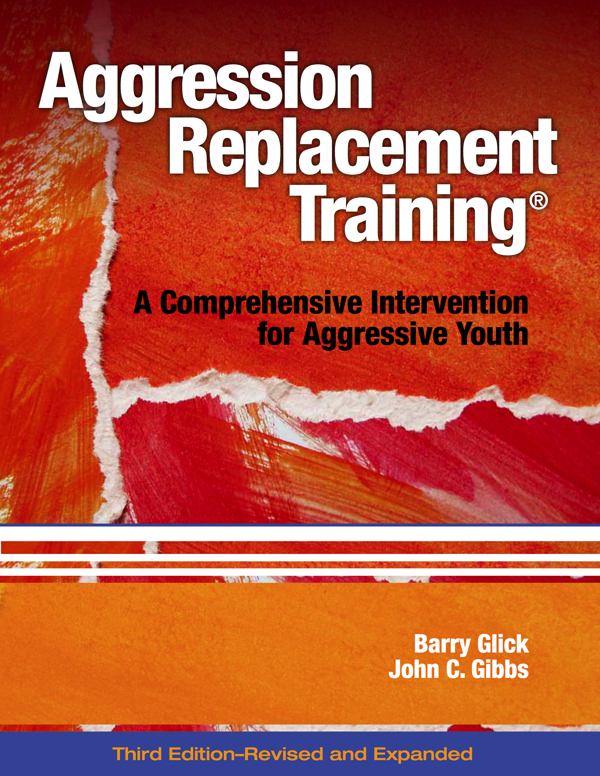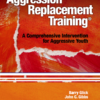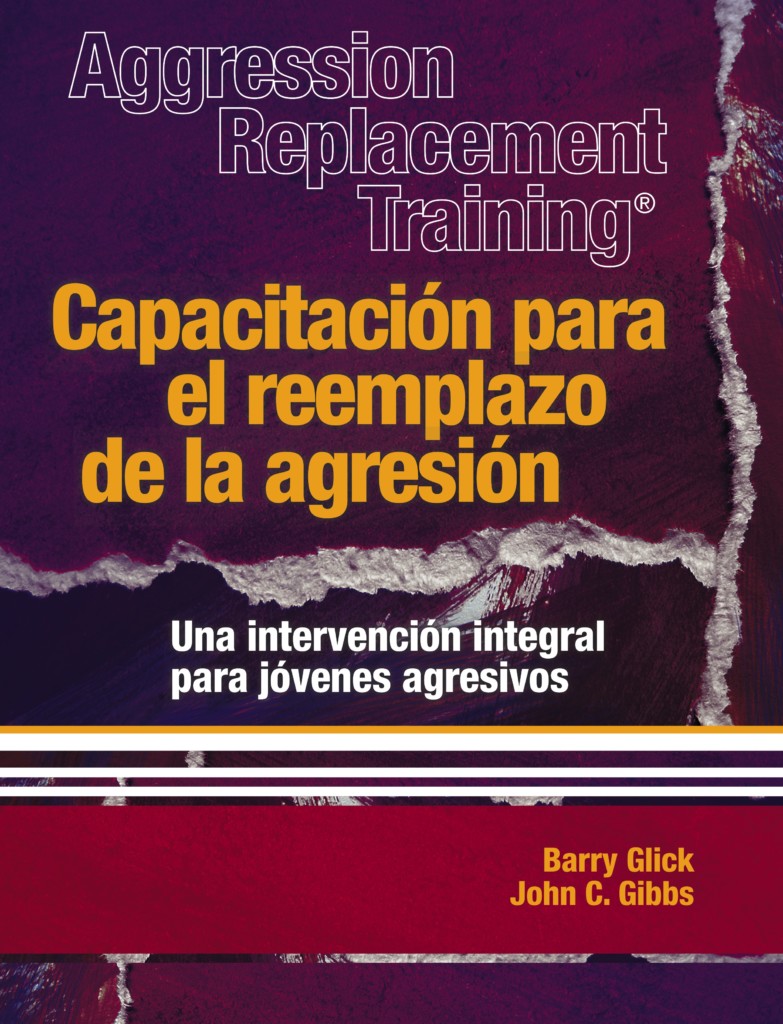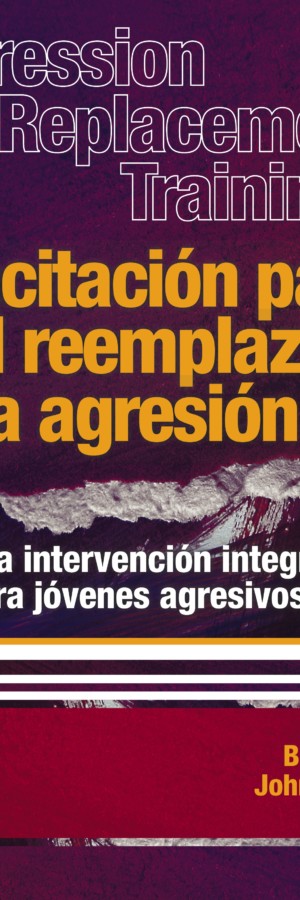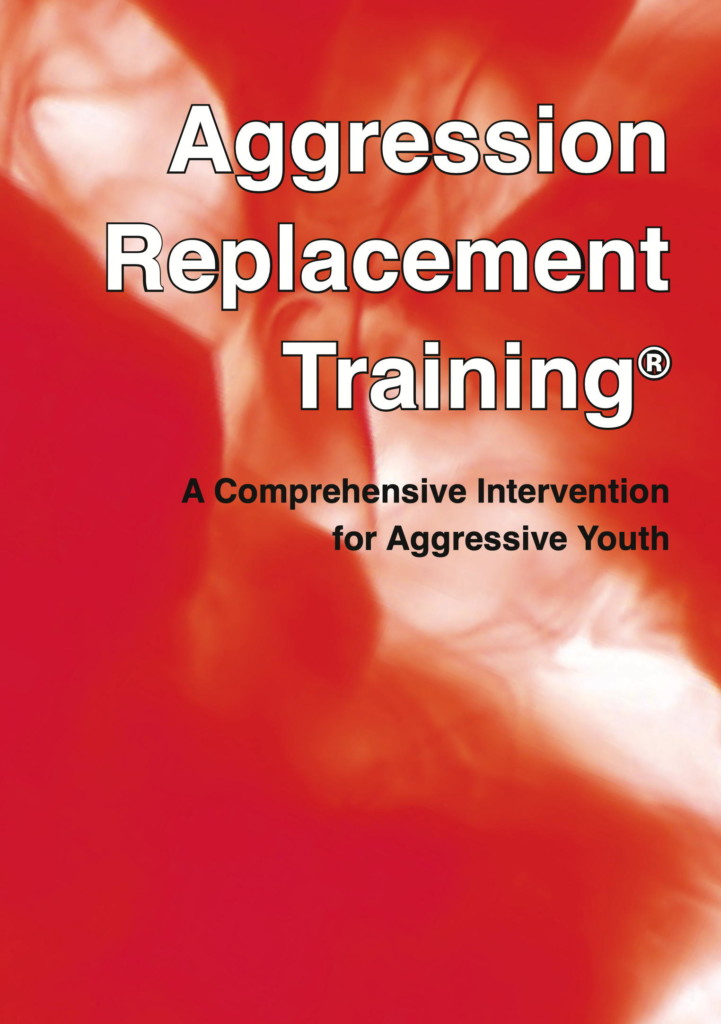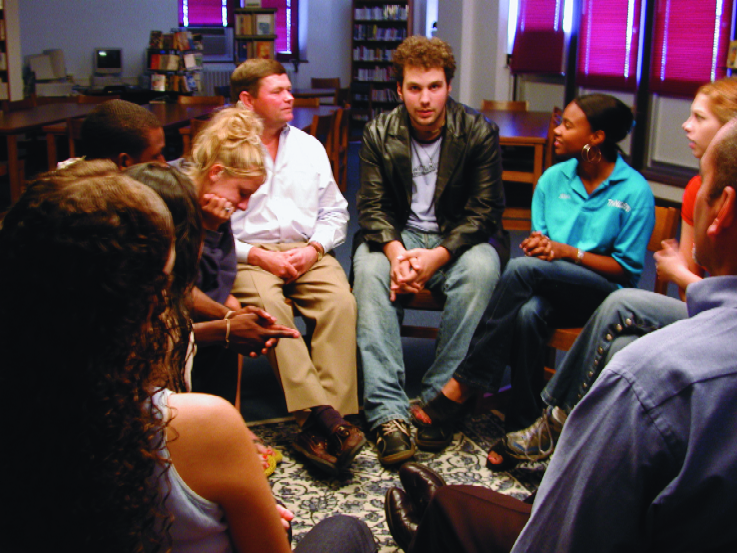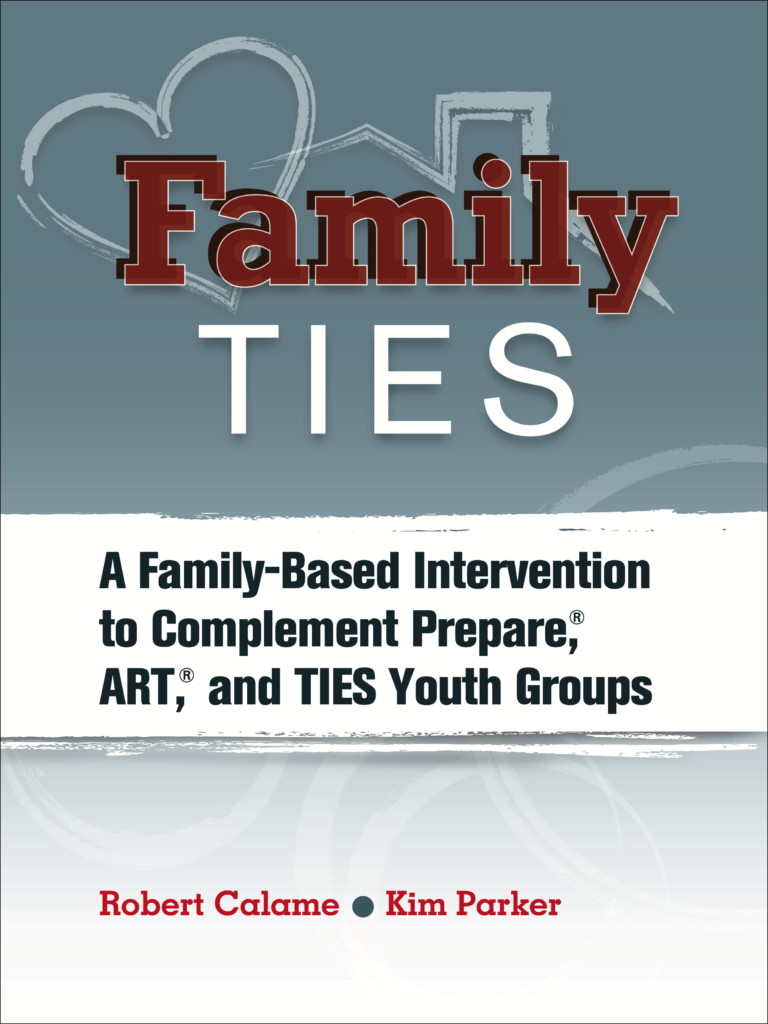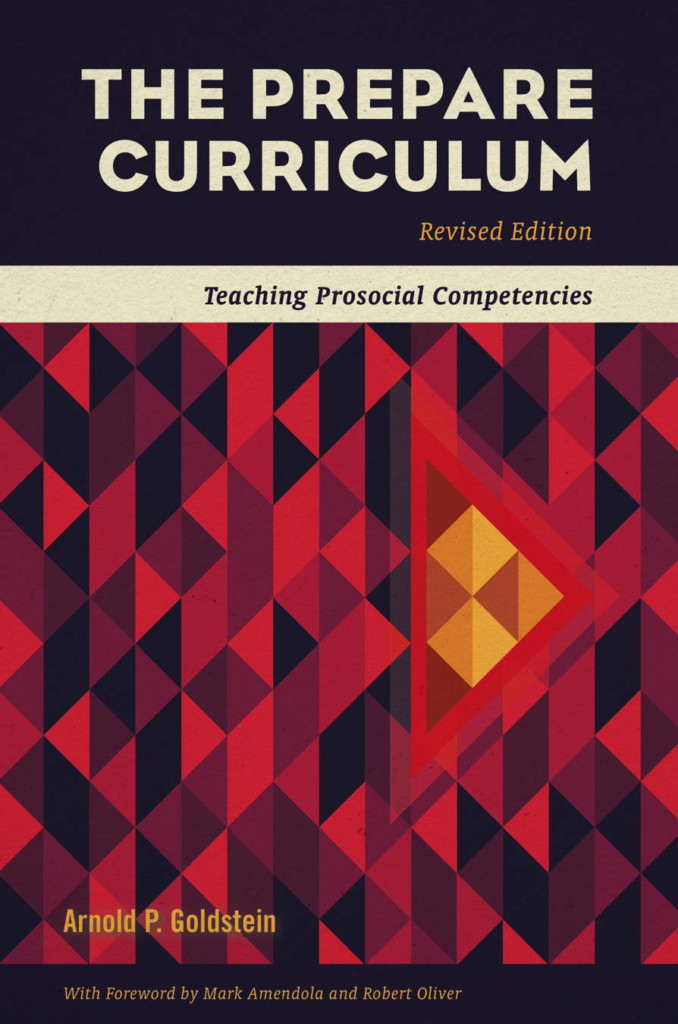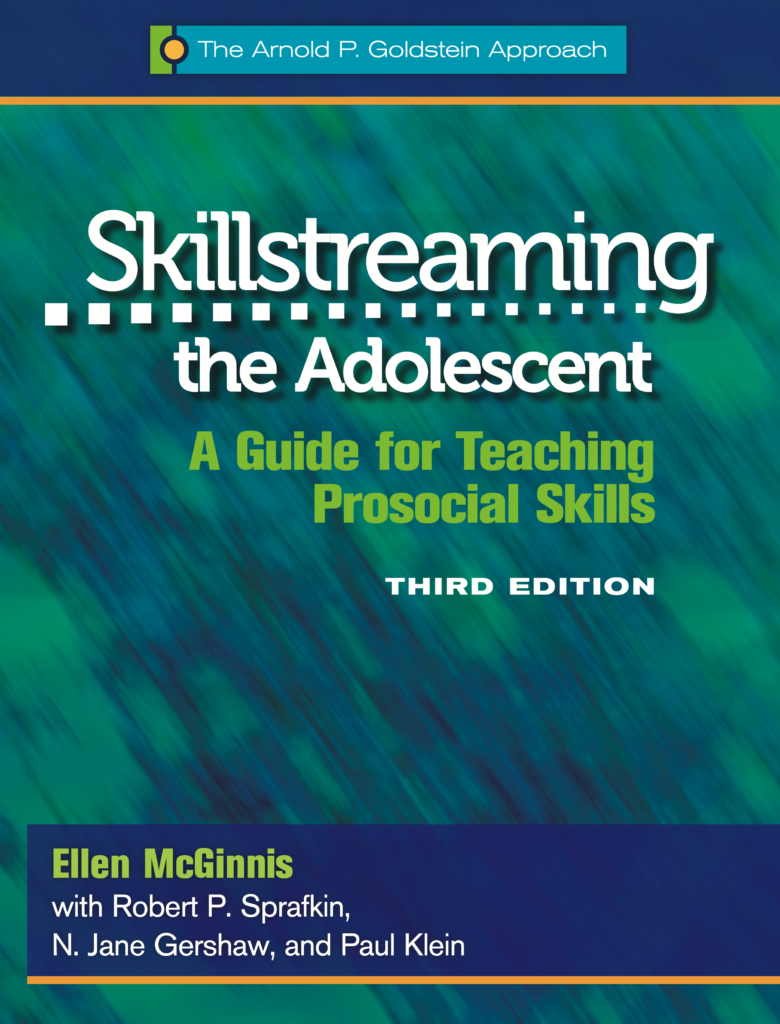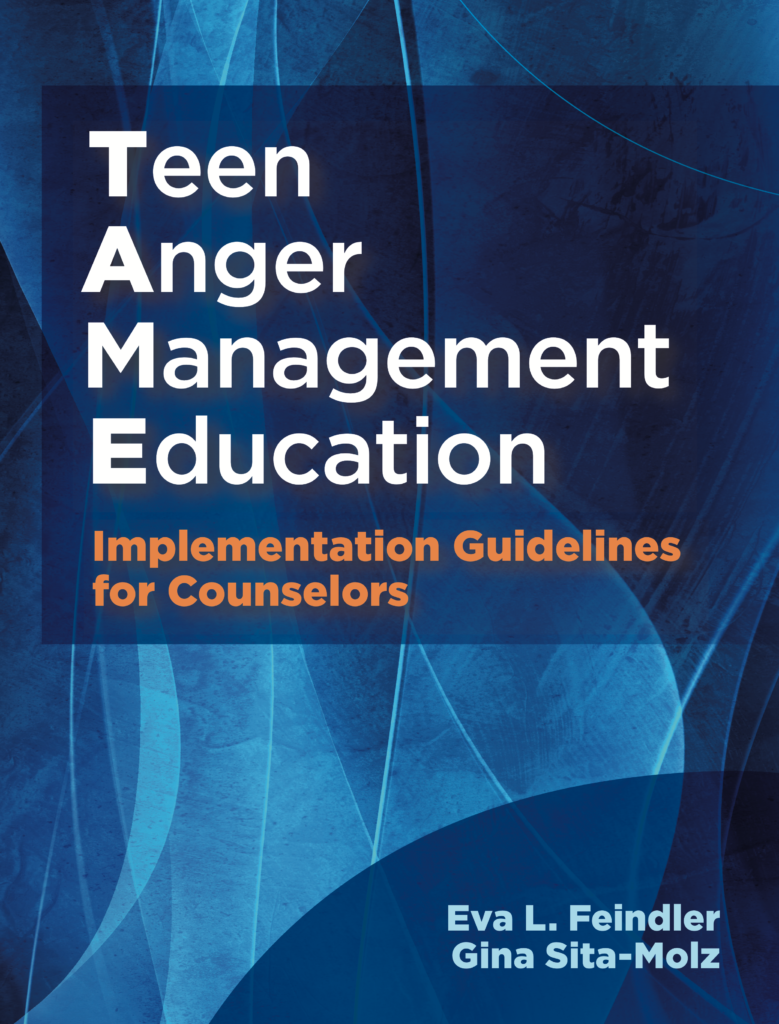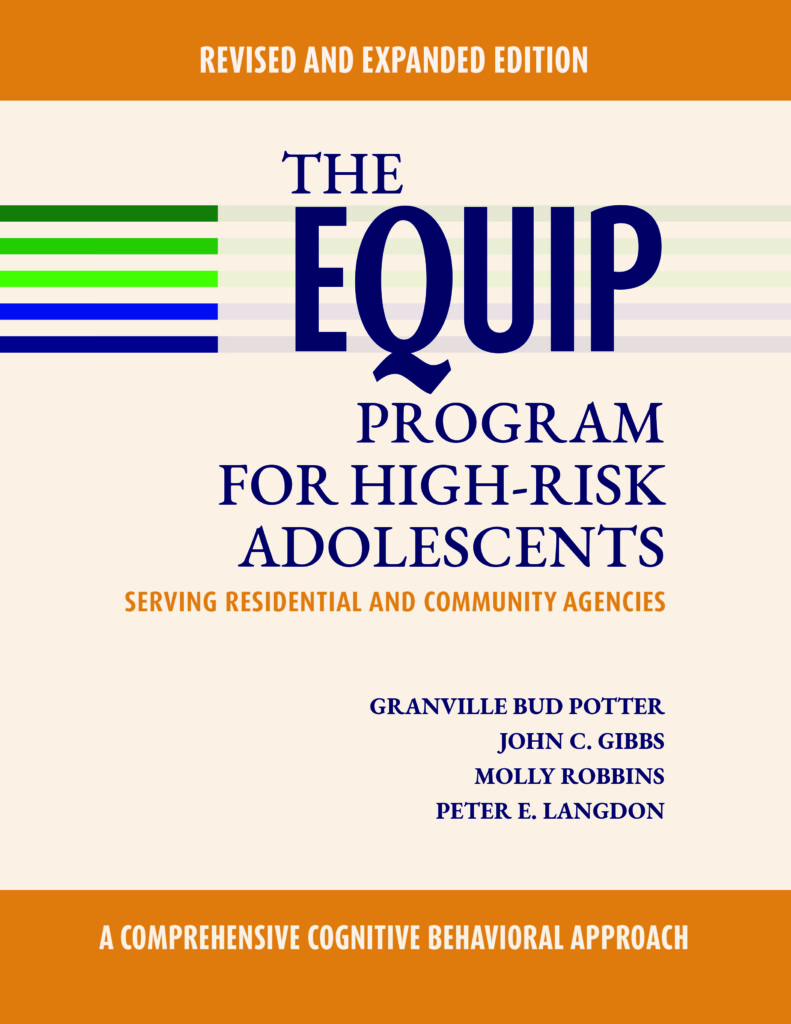The third edition of Aggression Replacement Training (ART) is a comprehensive intervention curriculum for aggressive youth.
This book for practitioners provides both theory and application of theory for group facilitators to use and implement.
Aggression and violent behavior typically are given energy and sustenance by the emotional arousal stemming from anger rooted in cognitive misperceptions of the interpersonal world. Aggression is simultaneously a behavioral, cognitive, and emotional phenomenon. Interventions designed to address must be multidimensional. ART presents this approach.
The authors clarify the theory underlying the ART components and include user-friendly suggestions for successful implementation of the 30-session program. They also address critical implementation concerns, describe program applications at various sites and evaluations of ART’s effectiveness, and detail issues in program administration and management.
The third edition of Aggression Replacement Training offers step-by-step session plans for teaching ART’s three coordinated components:
Social Skills Training
Teaches participants what to do, helping them replace antisocial behaviors with positive alternatives. Ten sessions involve the following procedures: Modeling, Role-playing, Performance feedback, and Transfer training.
Anger Control Training
Teaches participants what not to do, helping them respond to anger in a nonaggressive manner and rethink anger-provoking situations. Ten sessions involve the following procedures: Identifying triggers, Identifying cues, Using anger reducers, Using reminders, Thinking ahead, and Using self-evaluation.
Moral Reasoning
Helps raise participants’ level of fairness, justice, and concern for the needs and rights of others. Ten sessions involve the following phases: Introducing the problem situation; Cultivating moral maturity; Remediating moral development delay; Consolidating moral maturity.
Originally developed by Dr. Arnold P. Goldstein and Dr. Barry Glick, Aggression Replacement Training (ART) was revised and updated to reflect over 30 years of use in schools, community agencies, juvenile institutions, and other settings.
Appendixes include the complete Skillstreaming curriculum for adolescents, session evaluation checklists, additional moral reasoning problem situations, and other materials helpful in running the program.
Reproducibles are available as a download for all reproducible forms and student handouts.
Part 1: ART Program Content and Implementation
- ART Components and Implementation Concerns
- Social Skills Training: The Behavioral Component of ART
- Anger Control Training: The Affective Component of ART
- Moral Reasoning: The Cognitive Component of ART
- Group Member Motivation and Resistance
- Enhancing Generalization of Performance
- Application Models and Evaluations of Program Effectiveness
- Program Administration and Management
Part 2: ART Group Training Sessions
Social Skills Training
Week 1: Introducing ART and Social Skills Training/Making a Complaint
Week 2: Understanding the Feelings of Others
Week 3: Getting Ready for a Difficult Conversation
Week 4: Dealing with Someone Else’s Anger
Week 5: Helping Others
Week 6: Keeping Out of Fights
Week 7: Angry Behavior Cycle
Week 8: Dealing with Group Pressure
Week 9: Expressing Affection
Week 10: Responding to Failure
Anger Control Training
Week 1: Introducing Anger Control Training/ABCs of Anger
Week 2: Hassle Log and Triggers
Week 3: Cues and Anger Reducers
Week 4: Reminders
Week 5: Thinking Ahead
Week 6: Self-Evaluation
Week 7: Angry Behavior Cycle
Week 8: Using a Social Skill and Rehearsal of Full Anger Control Chain
Week 9: Rehearsal of Full Anger Control Chain
Week 10: Overall Review and Rehearsal of Full Anger Control Chain
Moral Reasoning
Week 1: Introducing Moral Reasoning/Jim’s or Emilio’s Problem Situation
Week 2: Jerry’s Problem Situation
Week 3: Mark’s Problem Situation
Week 4: George’s or Enzio’s Problem Situation
Week 5: Sam’s Problem Situation
Week 6: Leon’s Problem Situation
Week 7: Reggie’s Problem Situation
Week 8: Alonzo’s Problem Situation
Week 9: Juan’s Problem Situation
Week 10: Antonio’s Problem Situation/Concluding ART
Appendixes
A: Skillstreaming Curriculum for Adolescents
B: Session Evaluation Checklists
C: Staff/Caregiver Materials
D: Alternate Moral Reasoning Problem Situations
E: Additional Forms
“ART is not only an approach that can be effective in classrooms, but other clinicians and even parents can benefit from using this model for teaching their students how to deal with others in a more effective manner.”
—Intervention in School and Clinic
“The general premise of ART is that ‘every act of adolescent or child aggression—in school, at home, in the community—has multiple causes, both external and internal to the youth.’ . . . ART consists of multiple components to address the various causes of aggressive behavior.”
—Shannon Montag, The Drummer,
Blackhawk Area Special Education Newsletter
“This is a text all social group workers should have in their libraries. The authors cover one of the most empirically based intervention programs available for antisocial children and provide an excellent introduction for practitioners on dealing with the social problem of antisocial children.”
—John S. Wodarski, Social Work with Groups
“Overall, this work may be viewed as an exemplary resource for all individuals interested in the problems of youth aggression and violence.”
—Michael Leeds, The Prevention Researcher
ART has been evaluated by numerous studies, including the five studies summarized below.
The ART program was implemented at Uniting Networks for Youth, a SAMHSA-funded project administered through Ramsey County Juvenile Probation from 2001 to 2004. Through this agency, 283 youth, aged 12 to 18, received ART at one of four different sites: a residential program, a school-based program, and two community-based programs. All youth were on probation. Three months after discharge from the program, follow-ups with youth and their parents indicated that 80 percent of youth reported no additional arrests. Seventy-nine percent of parents and 75 percent of youth reported that the program helped youth improve relationships with teachers at least a little; and 80 percent of parents and 92 percent of youth felt that ART helped the youth become more responsible (Wilder Research Center, 2004).
Washington State passed the Community Juvenile Accountability Act (CJAA) to reduce juvenile crime by establishing “research-based” programs in the state’s juvenile courts. All adjudicated
youth were assessed to determine the level of risk in nine domains: school, freetime, employment, relationships, family (current and prior), drug/alcohol, mental health, antisocial attitudes, and skills. Another score was developed to measure aggression. Youths who demonstrated a moderate or high-risk level were admitted into either the experimental group that received ART or the control group that received the standard juvenile court services. They found that ART reduced the 18-month felony recidivism rate by 16 percent compared with the control group (Barnoski, 2004).
Another study introduced the ART program at a runaway shelter in order to reduce antisocial behavior in male and female adolescents. They chose an interrupted time series design, and the case records of 522 11–17 year-old runaways who lived in the shelter were examined. The results found a reduction in the reported cases of antisocial behavior among the adolescents. Outcome measures were the daily rate and daily number of antisocial behavioral incidents. The ART program was associated with a 20 percent decrease in the daily rate and a 17 percent decrease in the daily number of antisocial behavioral incidents (Nugent, Bruley, & Allen, 1998).
Adolescent residents at a long-term treatment facility also participated in an ART program study. Two-thirds of the residents had a DSM IV diagnosis of conduct disorder. A 10-week ART program was introduced to the experimental group of 21 residents, and the control group of 14 residents received no ART training. Results indicated that the experimental group scored significantly higher on one measure: knowledge of social skills. No other significant differences were found between the two groups (Coleman, Pfeiffer, & Oakland, 1992).
A study introduced the ART program at a residential school for troubled adolescent girls to reduce maladaptive behaviors. Assessments of the girls’ behaviors were completed three weeks prior to the start of the program. During the four months following the conclusion of ART, assessments were completed three additional times. Although results indicated an increase in positive behaviors, it had no effect on delinquent behaviors and little effect on aggressive behaviors (Cleare, 2001).
In-service training or workshops can be provided for your school, facility, or organization. For more information and available dates, please contact:
Reproducible forms and handouts for this title are available on our downloads page.

